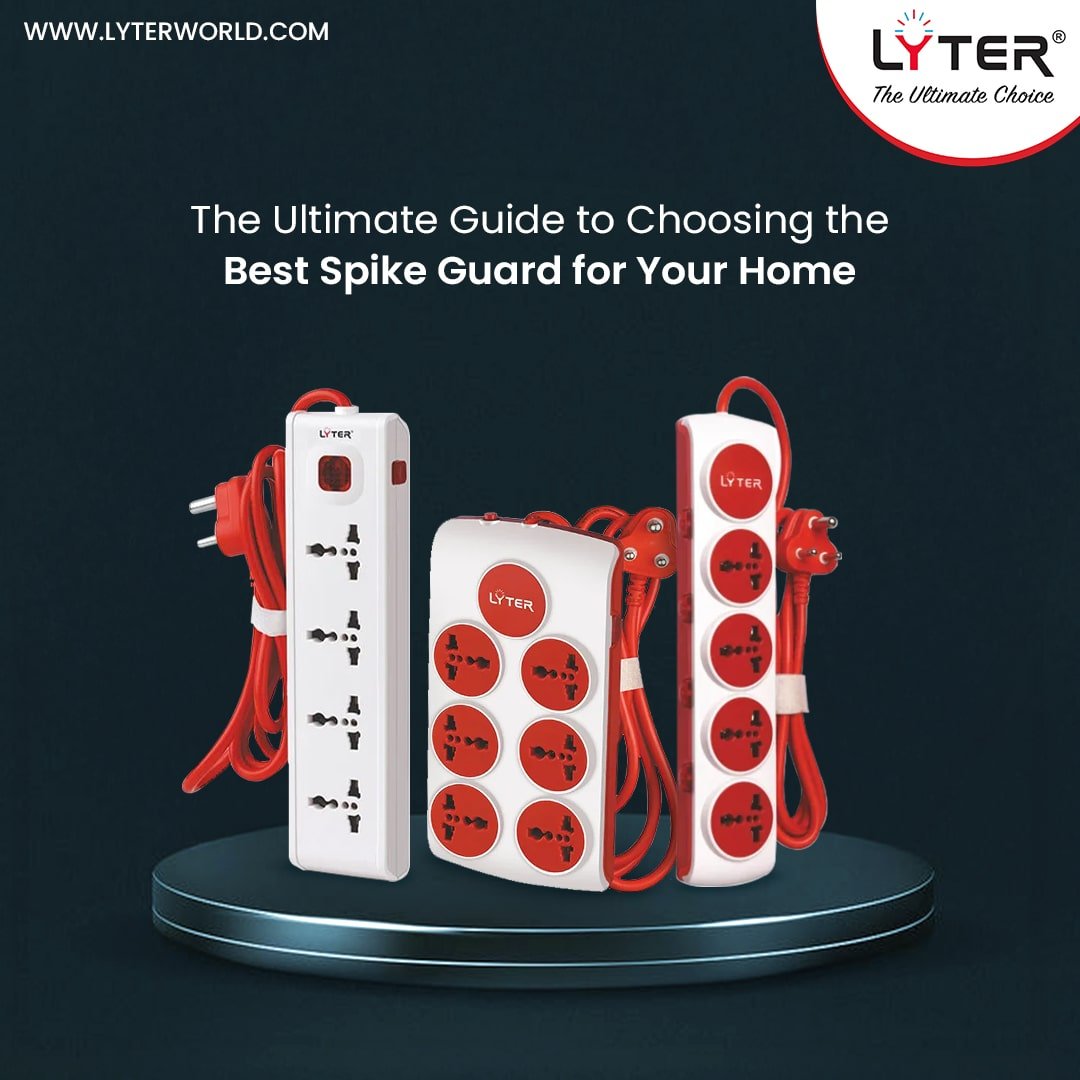Understanding Electrical Overloads
When a circuit’s current is beyond its safe limit, an electrical overload occurs. Electrical circuits are only intended to carry a specific amount of current; if several high-wattage devices use the same circuit at once, the load may exceed the circuit’s capacity.
Circuit breakers may trip as a result, stopping the current flow and averting possible harm. In the worst situations, wires may overheat and start hazardous fires if a breaker fails or if the load is excessive.
Modern appliances like air conditioners, electric kettles, microwaves, washing machines, and geysers are particularly power-hungry. They make life more convenient but place higher demands on older wiring systems, which were never intended for these energy-intensive loads.
Recognizing this challenge, many electrical accessories manufacturers in India are now developing advanced wiring solutions that not only handle higher currents safely but also improve overall system efficiency and reliability.
Signs and Dangers of Electric Circuit Overloads
It’s not always obvious when your electrical system is under strain. However, a few signs can alert you that something’s amiss:
1. Frequent Tripping of Circuit Breakers:
If your breakers are often turning off, it’s a clear indication that you’re regularly exceeding safe electrical loads. Breakers are made to instantly cut electricity when they’re overloaded.
2. Flickering Lights:
This is the voltage at which the spike guard starts to safeguard your equipment. Lower clamping voltages often suggest a more sensitive and protective device.
3. Burning Smells or Overheated Outlets:
A warm outlet or a lingering, acrid odor is a serious red flag, indicating possible overheating within your wiring.
4. Appliance Malfunctions:
Overloads can cause appliances to run erratically or even stop functioning altogether.
Ignoring these signs not only risks permanent damage to your home’s wiring but can also endanger lives if an electrical fire starts.
Also Read: Tips for Charging Multiple Devices at Once
What Causes Electrical Overloads?
- Excessive Demand on One Circuit: A frequent scenario is to run numerous high-power appliances—such as a microwave, an electric kettle, and a toaster oven—all on the same circuit. Such quick surges put significant strain on the wiring.
- Outdated or Faulty Wiring: Many Indian households lack contemporary energy-efficient electrical equipment. Aging wires, insufficient insulation, and a lack of grounding can all increase overload dangers.
- Inadequate Circuit Breakers: An outdated or badly maintained breaker panel may fail to trip properly when overloaded, exposing your wire to overheating.
- Extension Cords and Power Strips: Although convenient, plugging numerous devices into extension cords or power strips that feed a single outlet is a fast track to overload. Electrical accessory manufacturers in India consistently warn against daisy chaining and recommend spreading the load across multiple outlets to prevent electrical overload.
Practical Steps to Prevent Electric Circuit Overloads
1. Know Your Home’s Electrical Load
Determine how much power your home uses before making big changes. Make a list of all the appliances you have (air conditioners, refrigerators, microwaves, washing machines, etc.) and note their wattage.
Then, add them up to see if your home’s overall demand is comfortably within the rated capacity of your electrical panel, which is usually expressed in amperes. If your calculations indicate that you’re getting close to or over this limit, it’s time to think about upgrading or reconfiguring.
2. Spread Out High-Power Devices
Avoid connecting too many high-wattage gadgets into a single circuit. Large equipment such as refrigerators, water heaters, and air conditioners sometimes require dedicated circuits. If you’re unsure, go to the user manuals or call an electrician.
Distributing appliances across various circuits helps balance your load, making it far less likely that you will accidentally cause an overload.
3. Be Mindful of Simultaneous Usage
It’s easy to run the washing machine, microwave, and several air conditioners at the same time—especially in a busy household. However, staggering their usage or ensuring they’re fed by separate circuits can drastically reduce your chances of blowing a fuse or tripping a breaker to avoid electric circuit overload.
4. Use Surge Protectors
Surge protectors not only guard against voltage spikes, but they may also help you determine whether you’re routinely consuming too much power. They are especially useful for sensitive gadgets such as televisions, laptops, and game consoles.
5. Upgrading Your Electrical System
Upgrading outdated or broken wiring, installing high-quality circuit breakers, and employing dedicated circuits are all critical to avoiding electrical overload. Flickering lights, breaker tripping, and burning odors all suggest the need for immediate repair.
Proper earthing assures safety, while dedicated circuits for high-power appliances reduce system strain, increase efficiency, and lower dangers.
6. Schedule Regular Electrical Inspections
Preventive maintenance goes a long way toward keeping your system reliable. A professional electrician may detect possible problems such as worn-out insulation, overheated wires, and imbalanced load distribution well before they cause catastrophic breakdowns.
If you’ve previously had several overloads, an electrical safety review is even more important. To safeguard your house and appliances, the electrician may consider installing more circuits, updating your panel, or altering load distribution.
Ensure Home Safety With Lyter’s Premium Electrical Accessories
Electrical overloads aren’t just an inconvenience—they’re a serious hazard that can lead to costly appliance damage and even life-threatening fires. In today’s rapidly modernizing landscape, where older Indian homes face a surge in power-hungry gadgets, preventing overloads is more crucial than ever.
If you’re searching for top-tier electrical accessories, look no further than Lyter. More than just premium solutions, we represent a steadfast commitment to safety and reliability.
Our advanced and state-of-the-art electrical accessories, such as universal power strips, multi-plug sockets and, switches, and night lamps, are expertly designed to meet the evolving demands of modern living.
With Lyter, you get seamless performance, enhanced protection, and the confidence that your home is powered by the best.








